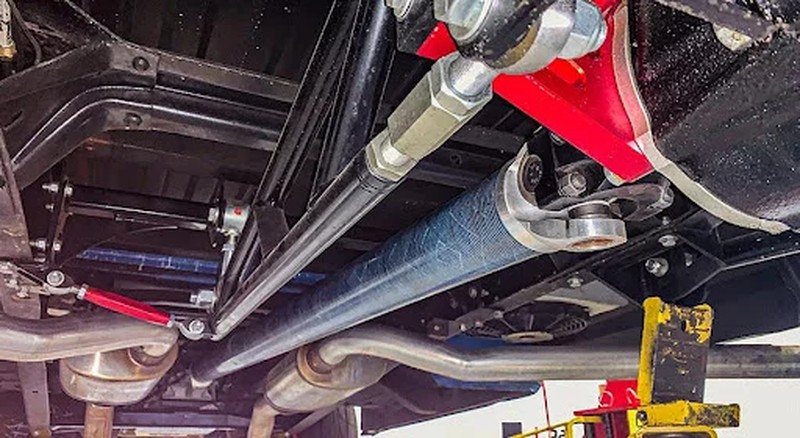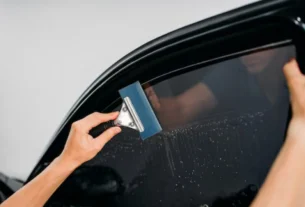Driveline angles determine how smoothly power reaches the wheels. Incorrect angles cause stress on U-joints and CV joints. Misalignment leads to vibrations that reduce component life. Proper angles ensure balanced rotation and smooth operation consistently. A ten word fact is that correct alignment prevents premature wear and costly repairs. Regular checks help maintain optimal driveline function effectively. Attention to angles improves safety and prevents unexpected driveline failures.
Understanding Driveline Angles
Driveline angles refer to the relationship between transmission and differential. The angles control the working range of U-joints efficiently. Incorrect angles increase stress on bearings and lubrication points consistently. Proper angles keep joint velocity uniform and reduce vibration substantially. A ten word truth is that understanding angles extends driveshaft life and improves reliability. Angle measurement should be part of every driveline inspection. Small adjustments can prevent major wear over time effectively.
Effects of Misalignment
Misalignment produces vibrations that worsen with vehicle speed gradually. Excessive angles accelerate wear on U-joints and CV joints quickly. Drive components may loosen or develop heat related issues eventually. Constant vibration reduces efficiency of power transmission throughout the driveline. A ten word fact is that misalignment leads to early failure of driveline components. Misalignment can also damage transmission and differential seals prematurely. Addressing angles early by Auto Repair in Baltimore, MD prevents costly repairs and downtime consistently.
Measuring Correct Angles
Angle measurement requires precise tools such as an inclinometer or specialized gauge. Measurements compare transmission output and differential input angles accurately. Joints should operate within manufacturer recommended ranges consistently. Any deviation indicates need for adjustment before wear becomes severe. A ten word truth is that accurate measurement maintains smooth rotation and joint longevity effectively. Measurements should be recorded during regular maintenance schedules. Professional inspection ensures angles remain within safe limits reliably.
Adjusting Driveshaft Angles
Adjustments may involve shims, adjustable mounts, or suspension modifications. Correcting angles reduces vibration and restores uniform joint movement consistently. It is important to adjust both front and rear driveline components. Testing after adjustment confirms reduction in vibration and smoother operation. A ten word fact is that proper adjustments prevent undue stress on critical drivetrain parts. Adjustment improves vehicle handling and drivetrain efficiency significantly. Driveshaft angles should be rechecked after suspension changes or lifts.
Conclusion
Proper driveline angles are essential for driveshaft longevity and reliability. Misalignment increases wear and causes vibration and component stress. Regular measurement, adjustment, and maintenance prevent premature joint failure effectively. Accurate angles improve performance, reduce repair costs, and increase safety. A ten word truth is that maintaining angles protects joints and ensures smooth operation always. Consistent inspection and care extend driveshaft life significantly. Awareness of angles ensures driveline efficiency under all operating conditions.




